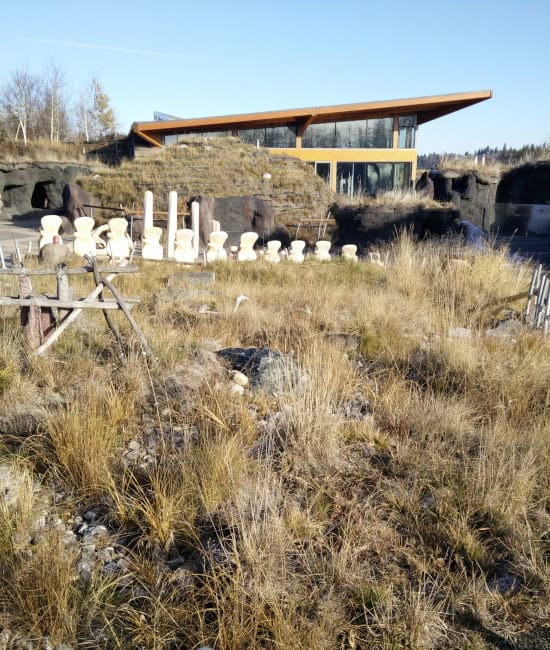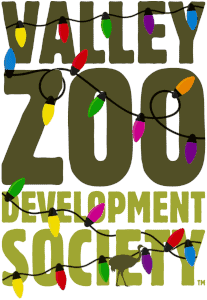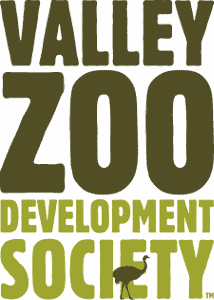PROJECTS
Aspen Parkland Restoration
BE PART OF THIS PROJECT!
Valley Zoo Development Society
The Valley Zoo Development Society (VZDS) is a registered charity and friend of the Edmonton Valley Zoo (EVZ). The VZDS is proud to take a lead role in the EVZ’s stunning transformation into a special place that inspires love and learning of the natural world.
Impact of Your Support
Children are fascinated by the natural world, especially by animals. By providing them with a fun setting where they can learn about animals & nature, we can create life-long ambassadors for the long-term health of our planet.
THANK YOU FOR YOUR DONATION!
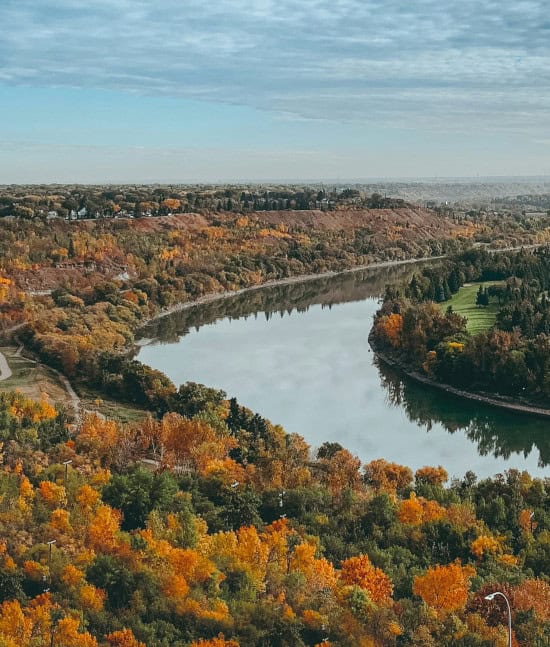
The Aspen Parkland Restoration Project will transform the Edmonton Valley Zoo’s landscapes into vibrant, living classrooms. Moving beyond the City’s standard turf-based design, this initiative will re-naturalize 9,000 square meters with native plants from Alberta’s Fescue and Mixed Grass prairie types, enrich an open exhibit space with up to 55 trees and shrubs representing Boreal and Foothills forest ecosystems, and breathe new life into the ten-year-old green roof of the Arctic Shores exhibit.
These enhancements will immerse visitors in the beauty, diversity, and resilience of native ecosystems that once flourished in Edmonton’s river valley over a century ago. With every step through the Zoo, guests will connect with restored habitats, experience the sights and textures of Alberta’s wild landscapes, and leave inspired to protect the natural world.
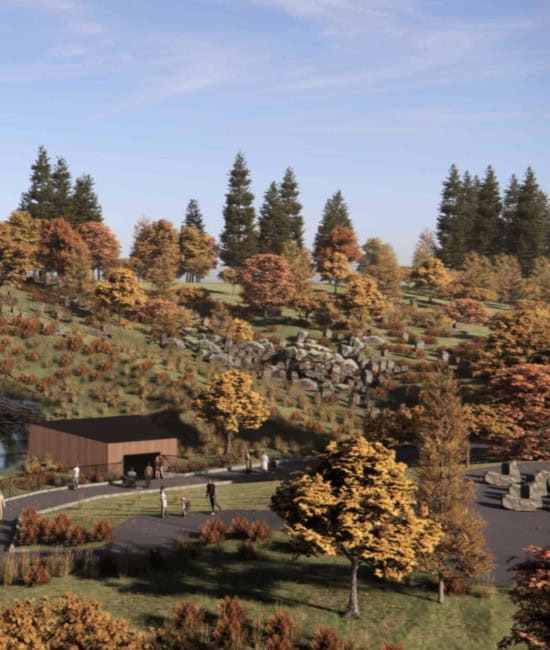
PROJECT HIGHLIGHTS:
Naturalize 9,000 m² within the Zoo using native species from Alberta’s Fescue and Mixed Grass Prairie ecosystems.
Addition of 55 trees and shrubs in the open exhibit space to represent Boreal and Foothills Forest ecosystems.
Restoration of the ten-year-old green roof on the Arctic Shores exhibit.
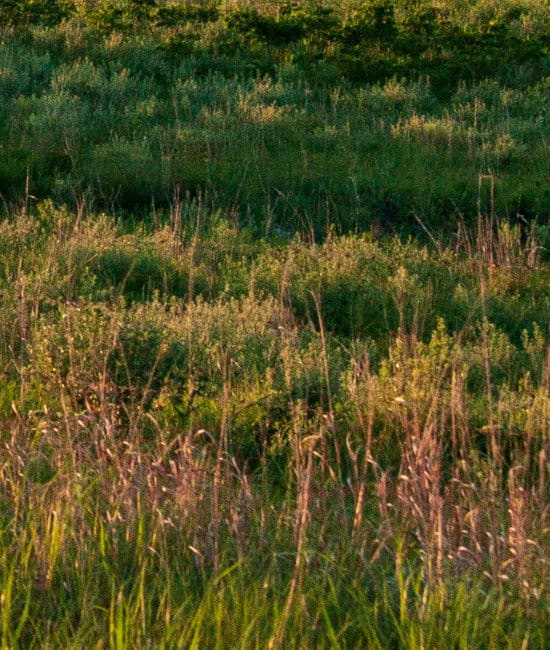
WHY THIS PROJECT MATTERS
The Aspen Restoration Project plays a vital role in restoring the historic ecological balance of the Edmonton River Valley, where fescue prairie once stretched alongside stands of aspen parkland. Over time, urban development, agriculture, and habitat fragmentation have reduced both native grasslands and aspen cover, altering the valley’s natural biodiversity and resilience. Aspen trees, in particular, are a keystone species in this transitional landscape between prairie and boreal forest, providing critical food, shelter, and breeding sites for birds, mammals, and insects. By reintroducing and strengthening aspen populations, we help preserve this historically rich ecosystem and safeguard the unique blend of prairie and forest that has shaped the valley for thousands of years.
Beyond ecological restoration, the Aspen Restoration Project is a powerful tool in addressing modern environmental challenges such as climate change and species migration. Aspen stands store carbon, improve soil health, and create cooler, shaded microclimates that benefit surrounding plant and animal life. As climate patterns shift, a healthy mosaic of prairie and aspen forest offers a diverse range of habitats that allow species to adapt and move across the landscape. Restoration in the Edmonton River Valley also helps connect fragmented green spaces, enabling wildlife to travel safely and maintain genetic diversity. Together, these efforts promote a healthier, more resilient ecosystem that supports biodiversity while helping mitigate the impacts of a changing climate.
